Upper
7.52
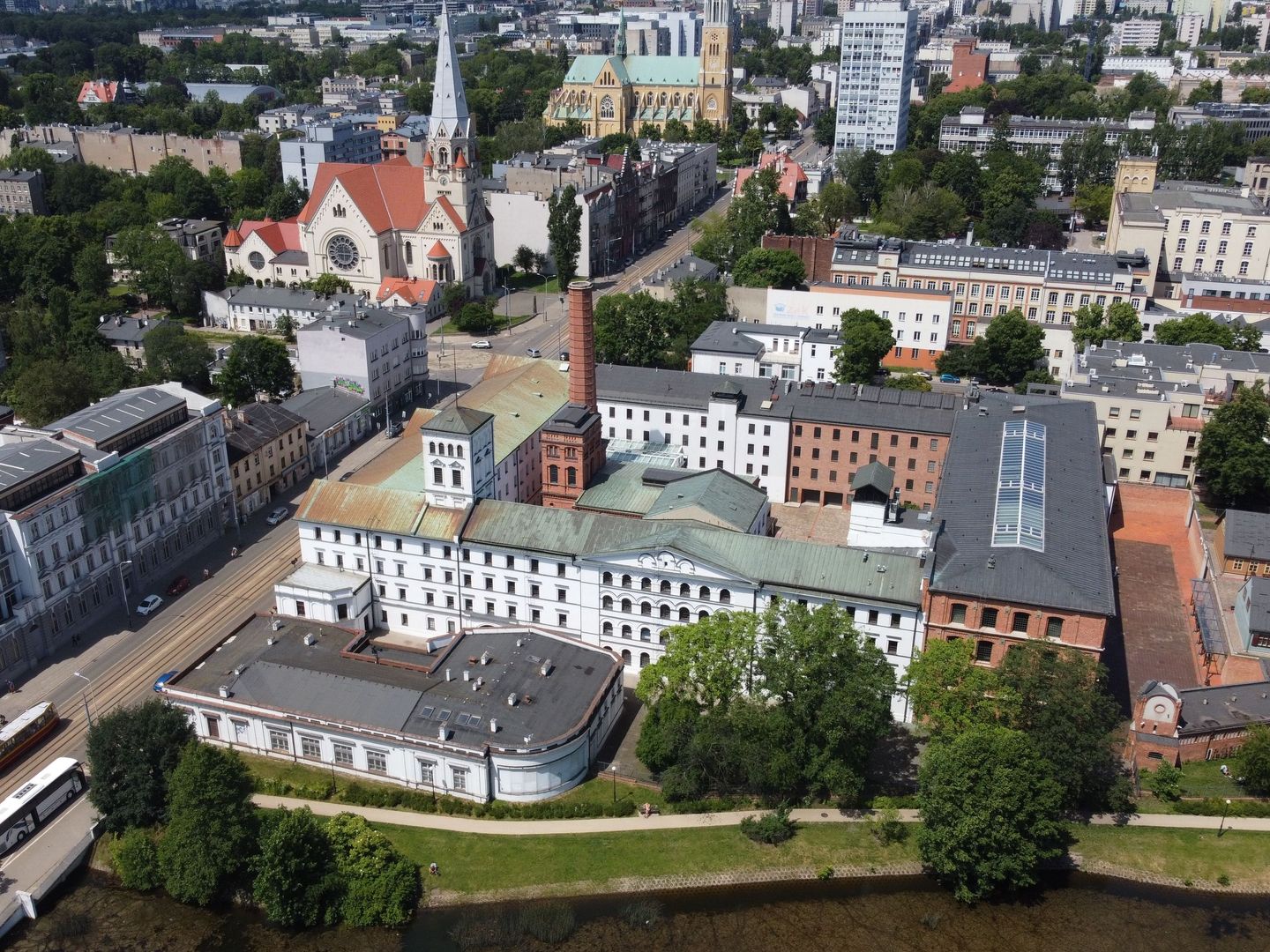
Overview
Górna was a district of Łódź that existed until December 31, 1992, encompassing the southern part of the city with an area of 71.9 km² and a population of approximately 160,000 residents. Its history dates back to at least the 14th century, when villages surrounded Łódź, and some of today's settlements, such as Dąbrowa, were already mentioned at that time. The district was formally established on January 1, 1960, through the merger of the Ruda and Chojny districts, with its largest part being the area of Dąbrowa, which was once home to German settlers. Górna was a significant center in Łódź, featuring important examples of industrial architecture, such as Ludwik Geyer's White Factory, which now houses the Central Museum of Textiles, and the Steinert Brothers' Palace. The district was also home to many historic villas, wooden churches, factory complexes, as well as parks and green areas like Reymont Park and the Ruda-Popioły Forest. Górna held significant cultural importance, with the Górna Cultural Center organizing various artistic and dance events, and it also had numerous sports clubs, such as the Chojeński Sports Club and the Rudzki Sports Club. Major transportation arteries of the district, like Rzgowska and Pabianicka streets, ensured accessibility, and the newly opened Górna Route in 2014 improved connections with other parts of the city. Górna also housed important institutions, including hospitals and universities like the University of Information Technology and Management. The district was a place of religious rituals, as evidenced by its numerous Catholic and Evangelical cemeteries, as well as temples. Although Górna officially ceased to function as a district in 1992, its historical and cultural legacy remains an important part of Łódź's identity.
Location
Tickets
Powered by GetYourGuide
You can also find here:
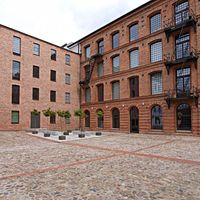
Central Museum of Textiles in Łódź
7.23
Upper, Lodz
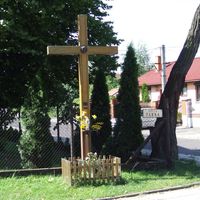
Ruda Pabianicka
6.94
Upper, Lodz
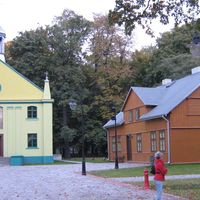
Łódź City Culture Park
6.78
Upper, Lodz
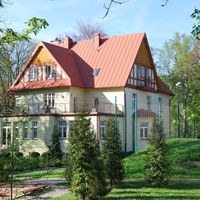
Bednarska Street in Łódź
6.78
Upper, Lodz
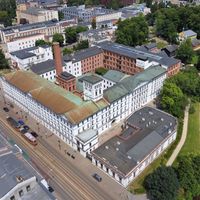
Geyer's White Factory
6.57
Upper, Lodz
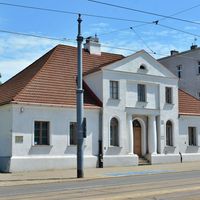
Ludwik Geyer's Manor
6.47
Upper, Lodz

Hüffer's Villa in Łódź
6.42
Upper, Lodz
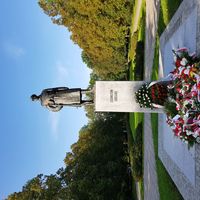
Legionów Park in Łódź
6.03
Upper, Lodz

Chojny
6.01
Upper, Lodz
2025 Wizytor | All Rights Reserved